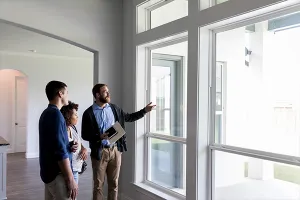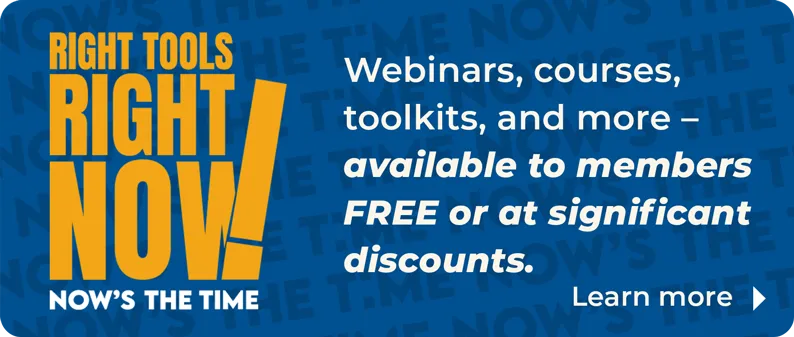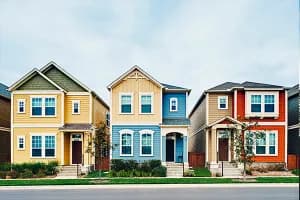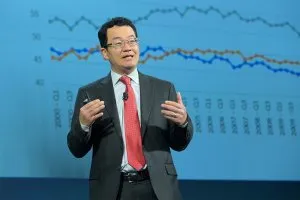The homeownership rate fell again in the third quarter of 2012. The latest 65.3 percent ownership rate (seasonally adjusted figures) is the lowest since 1996, when Bill Clinton was campaigning for his re-election. But there is good news in the data as related to ownership. The number of homeowners grew for the second consecutive quarter (see graph below). The number of renters also increased, attesting to continuing solid rental housing demand. Both owner and renter population can rise at the same time (and not be a trade-off) when household formation grows.
During the Great Recession and in recent nascent recovery years, the rental population grew while the homeowning populating fell. The reasons for this trend were tight underwriting standards, a rise in foreclosures, and drastic suppression in household formation. Household formation, which is directly connected with housing demand, typically grows by 1 million to 1.3 million each year because the overall population grows by about 3 million each year. However, household formation was cut in half for 5 consecutive years from 2007, which is quite unprecedented in its longevity. Usually during an economic downturn, as young adults temporary live with their parents, household formation may weaken for a year or two but rarely longer than that. So, it is noteworthy that collapse in household formation lasted for so long. But the tight living arrangements just cannot continue. The bursting out of household formation occurred in 2012 and is very likely to continue for the next five years. That means that the demand for rental and ownership housing will be rising simultaneously. Both rents and home prices will therefore be mostly moving higher over the next five years, particularly if new housing supply - via housing starts - continues to lag well behind household formation.












